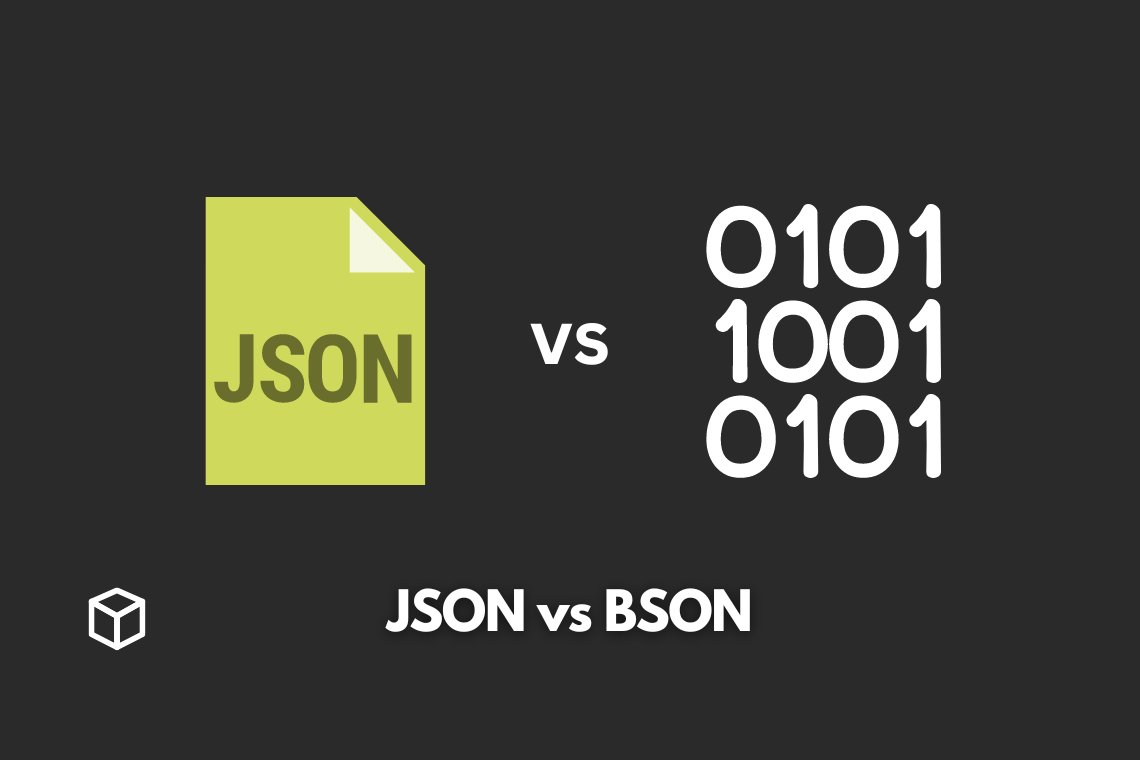JSON and BSON are two popular data formats that are widely used for data interchange and storage in various applications.
Both JSON and BSON are based on the JavaScript object notation, but they have some key differences that make them suitable for different use cases.
In this blog post, we will explore the similarities and differences between JSON and BSON, and discuss when to use each of them.
Understanding the differences between JSON and BSON is important for developers and technical writers who work with data-driven applications.
What is JSON?
JSON, or JavaScript Object Notation, is a lightweight data interchange format that is easy for humans to read and write and easy for machines to parse and generate.
JSON was first proposed by Douglas Crockford in 2001 as a replacement for XML, and it quickly became one of the most popular data formats for web development and data transfer.
JSON is a text-based format that uses a simple syntax to represent data structures, such as objects, arrays, and scalar values.
JSON is widely supported by programming languages and frameworks, and it is often used to exchange data between web applications and web services.
What is BSON?
BSON, or Binary JSON, is a binary-encoded serialization of JSON-like documents.
BSON was developed by MongoDB, a popular NoSQL database, as a more efficient representation of JSON data for storage and retrieval.
BSON extends the JSON data model with additional data types, such as binary data and date/time values, and it uses a binary format that is more compact and faster to encode and decode than JSON.
BSON is often used by MongoDB and other NoSQL databases as the default storage format for documents, but it can also be used in other applications, such as data transfer and serialization.
Differences between JSON and BSON
While JSON and BSON are based on the same data model, they have some important differences in terms of data types, storage size, and performance.
One of the main differences is that BSON supports additional data types, such as binary data, date/time values, and 64-bit integers, that are not present in JSON.
BSON also uses a binary format that is more compact and efficient than JSON, which can result in significant savings in storage and network bandwidth.
However, BSON is not as widely supported as JSON and it may not be as readable or editable by humans.
Another difference between JSON and BSON is their performance. BSON is generally faster than JSON in terms of encoding and decoding, due to its binary format and additional data types.
However, JSON is more widely supported by programming languages and frameworks, and it is often used as a standard format for data transfer and exchange.
JSON is also more human-readable than BSON, which can be useful for debugging and testing.
Use Cases of JSON and BSON
JSON and BSON have different strengths and weaknesses that make them suitable for different use cases.
JSON is often used for data interchange and storage in web development, data transfer, and web services.
JSON is supported by most programming languages and frameworks, and it is easy to read and write by both humans and machines.
JSON is also a good choice for data that needs to be exchanged between different systems, as it is widely supported and understood.
BSON, on the other hand, is often used for data storage and retrieval in NoSQL databases, such as MongoDB.
BSON is more efficient than JSON in terms of storage size and performance, and it supports additional data types that are useful for storing and querying data.
BSON is also often used for data transfer and serialization in applications that need to optimize for performance and storage space.
BSON is a good choice for data that is primarily used for storage and retrieval, and does not need to be read or edited by humans.
One example use case of JSON is in web development, where it is often used as the format for data exchange between the client and the server.
JSON is also commonly used for data transfer in web services and APIs, as it is lightweight and easy to parse.
An example use case of BSON is in MongoDB, a NoSQL database. MongoDB stores data in BSON format, which allows for more efficient storage and retrieval of data, and supports additional data types such as binary data and date/time values.
BSON is also used in other NoSQL databases as a storage format.
Conclusion
JSON and BSON are two popular data formats that are widely used for data interchange and storage.
Both JSON and BSON are based on the JavaScript object notation, but they have some key differences that make them suitable for different use cases.
JSON is often used for data interchange and storage in web development, data transfer, and web services.
BSON, on the other hand, is often used for data storage and retrieval in NoSQL databases.
Understanding the differences between JSON and BSON is important for developers and technical writers who work with data-driven applications.
It is important to understand the strengths and weaknesses of each format and choose the right format based on the specific use case.
For further reading, you can refer to the official JSON and BSON specifications, or consult the documentation of popular NoSQL databases such as MongoDB.




